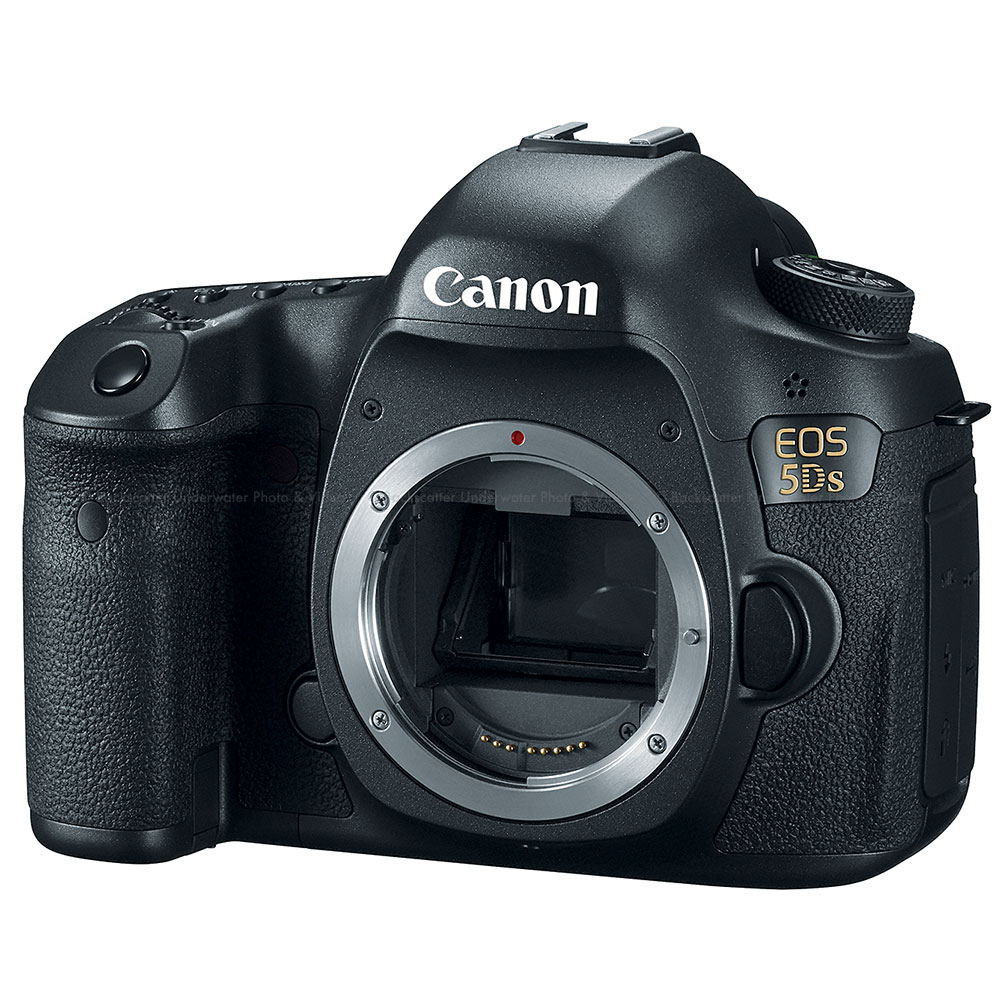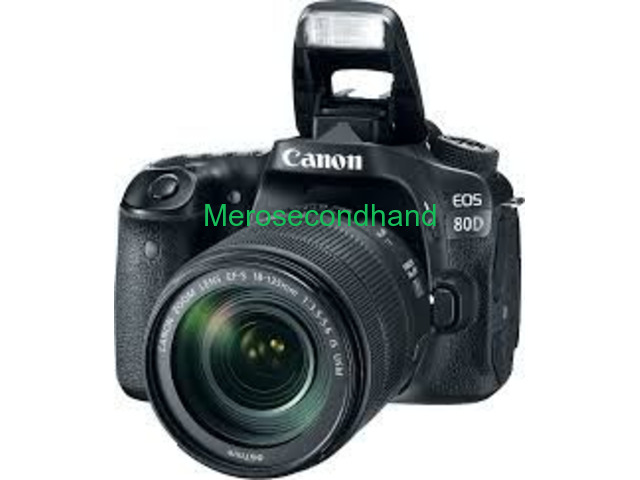



It took a few months for the weaknesses of the system to show up.įirstly, in a race to innovate, I had the feeling that Sony had shipped a camera that wasn't fully tested and ready. At this point, Sony vindicated my decision to change over. There is next to no noise.Ĭrucially, the Sony also shot 4K using the entire width of the sensor, making the Sony mirrorless cameras a real hit among video enthusiasts. I've increased the exposure by 3 stops for the image below. The above image is the original raw file with no changes. This was one of the first images I created with the Sony a7R II. Canon closed the gap with the 5D Mark IV and 1D X Mark II, but not fully, as both cameras still lag behind Sony. The jump in resolution from 22.3 to 42.4 megapixels was significant, but the most dramatic improvement was noise performance, both in shadow detail and high ISO. When I switched to the Sony a7R II in 2016, I was blown away by the increase in image quality over my Canon 5D Mark III. Instead, Sony led with the first full frame mirrorless camera, which made them a real player in the industry. The mirrorless camera should have been Canon or Nikon’s triumph. It seems Sony has taken that lesson and applied it to the camera industry. Instead, it proved to be the catalyst for Apple’s domination of handheld devices. I've heard it said that the iPod should have been Sony’s achievement. Recent history shows a reluctance to innovate.Massive lens lineup, including some important specialist lenses.In terms of image quality, Canon is no longer leading. In my opinion, Canon chose to cash in on this position, continually offering incremental improvements on their cameras without any major innovations. Considering how strong Canon’s position was, it’s hard to believe that any brand was able to catch up. They were also first to provide a usable video option with the Canon 5D Mark II. They were first to use CMOS sensors, giving Canon a significant image quality advantage over competitors at the time. CanonĬanon was the first brand to offer full frame. It is full of personal bias and opinion, but hopefully contains enough useful information to inform your next purchase.Īs you may have gathered, three brands offer a sustainable full frame, mainstream (which excludes Pentax and Leica) option: 1. The guide that follows is based on my 13 years’ experience with Canon, 1 year with Sony, and 14 years of peeking over the fence at Nikon. As it was possible to adapt Canon lenses to the Sony camera, it meant I could experiment without having to replace my lens collection. Even so, I tried to change systems in 2016 with the Sony a7R II. This makes changing systems a prohibitively expensive decision. Over 14 years, I’ve collected a sizable number of lenses and camera accessories designed to work with Canon cameras. An image from my early days taken with the original Canon 5D.


 0 kommentar(er)
0 kommentar(er)
